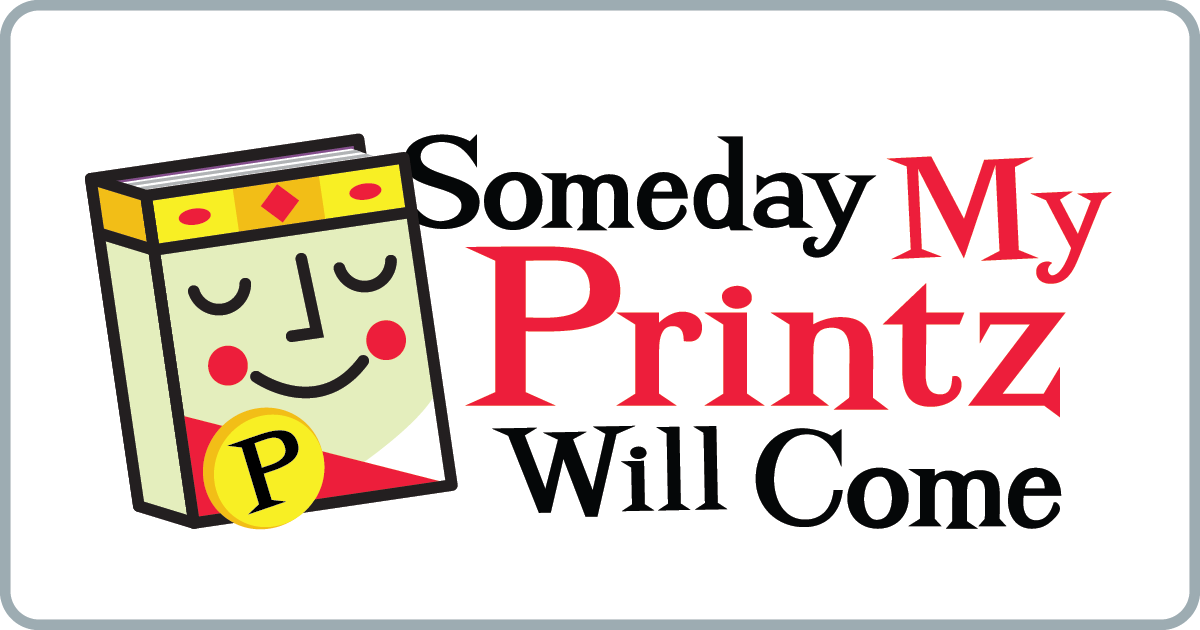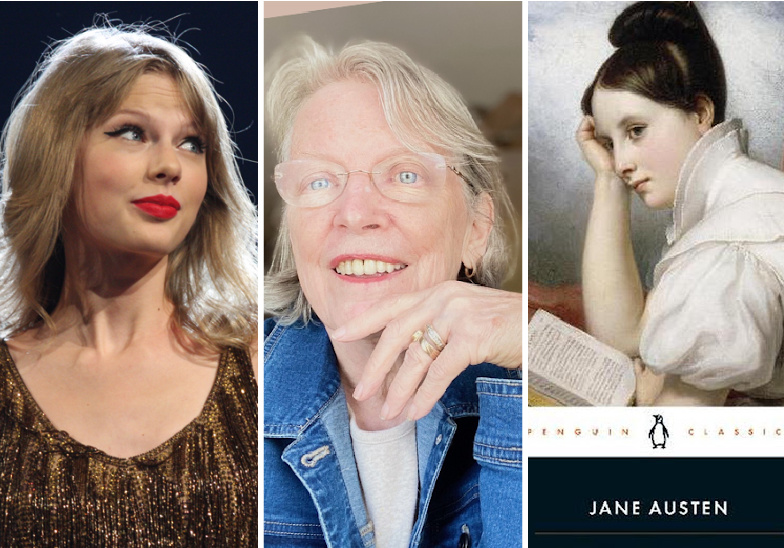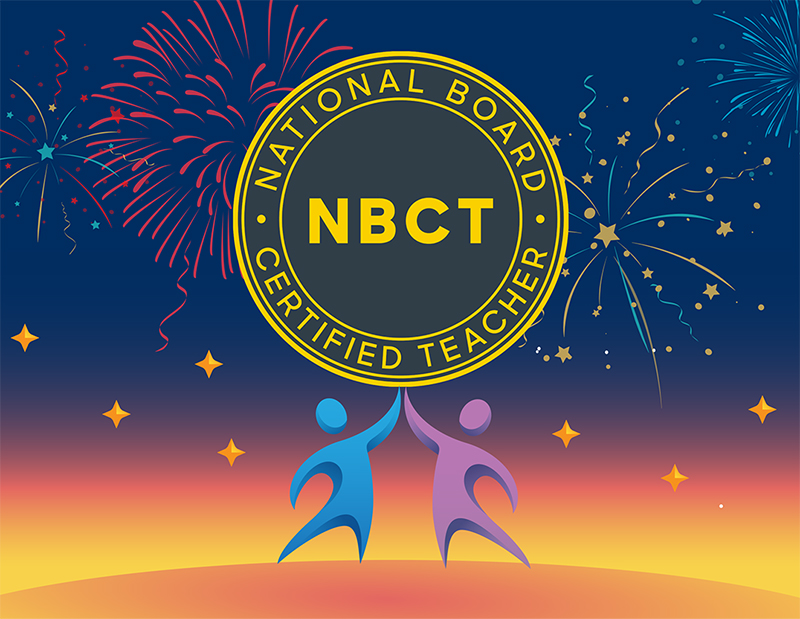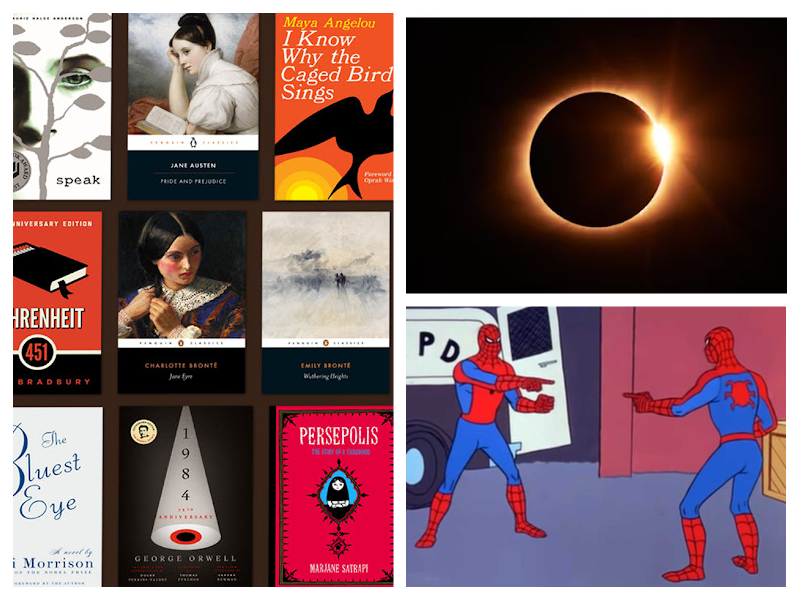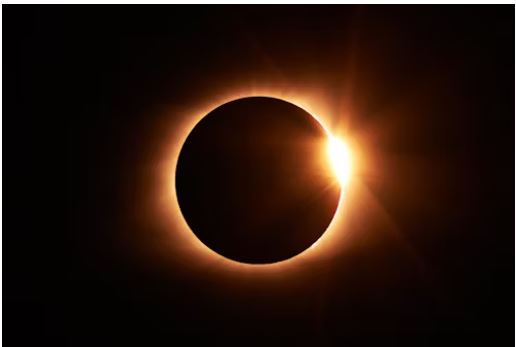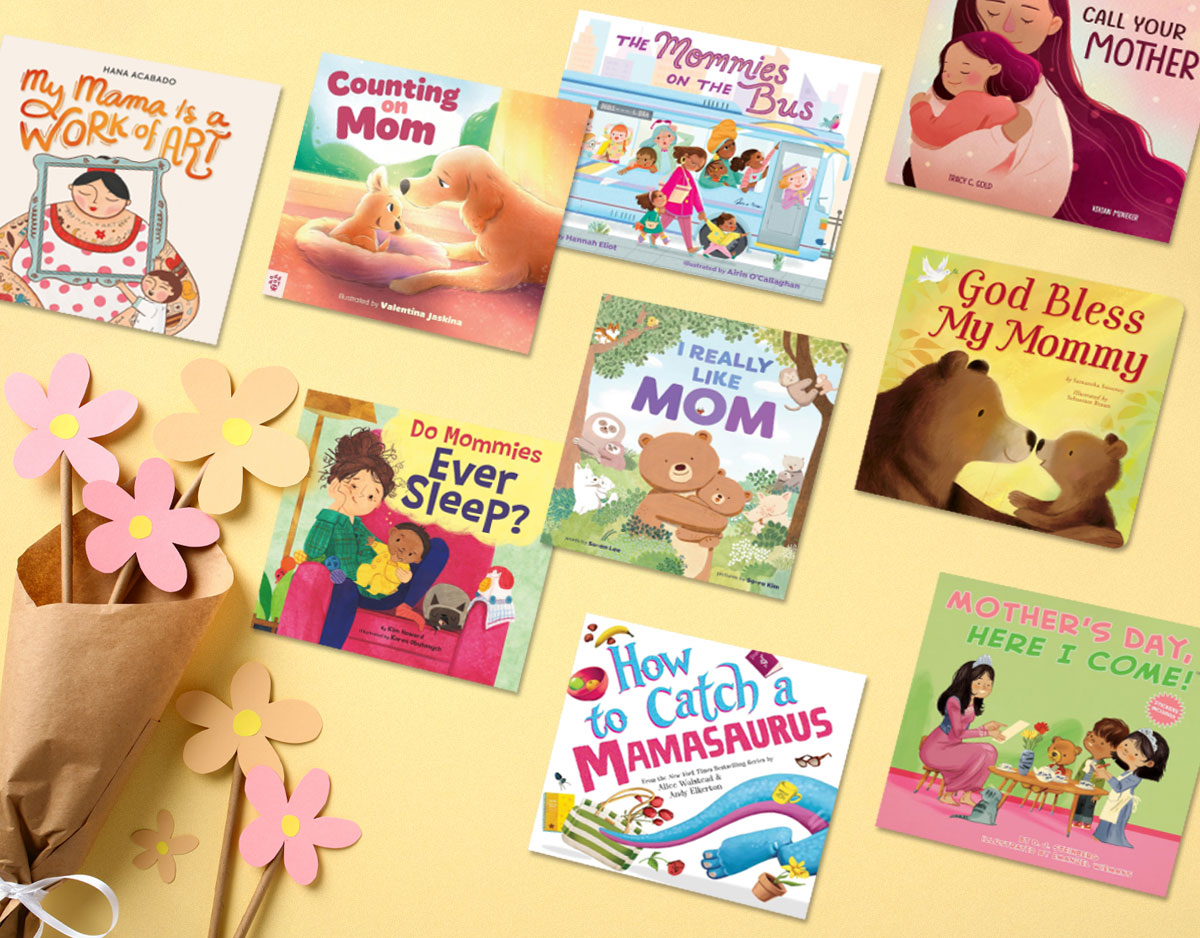SCROLL DOWN TO READ THE POST
Roundup
 So, I’ve been pretty busy lately.
So, I’ve been pretty busy lately.
One of the things keeping me busy is the launch of an annual outside reading project I do with my 9th graders, called Read, Write, Recommend, which involves independent recreational reading and Goodreads. It’s an awesome project and I am really proud of it and someday (someday!) I will write a whole article about it because it has been fantastic at getting students reading and talking about books.
Anyway, a huge part of RWR is the recommend element, and at the start of the year, many of the recommendations are in the form of reader’s advisory consults with me (later in the year, they’ll be recommending more to each other while I hover around holding up shiny new books). I love love love standing in the library with a dozen students crowded around me asking for books and asking have I read this or that or do I have something they’ll like given a past love of X,Y, or Z.
ADVERTISEMENT
ADVERTISEMENT
And as I’ve stood there passing out book recommendations and basking in the thanks the next day, I’ve been thinking about how books fall into a number of categories:
First, we’ve got books that have scads of appeal but limited “quality” when you take the time to break them down. Lots of highly commercial books—usually with great covers—fall into this category, along with straight-to-mass market (like straight to DVD) stuff. This is not a dis (does anyone still say dis? It’s the right word here but I think my age is showing) of these books—they are often great sources of pleasure and fun to read, and reading trash is an important part of reading. Don’t we all love (for a special, slightly shame-faced value of love) the trashy books? (Flowers in the Attic, I’m looking at you.) Also, it should be noted that while some of the titles I’m thinking of are actually badly written (wooden prose, contrived plots that sound like last year’s bestsellers), many of the books in this category are merely unexceptional when it comes to the writing: the plot is the point, and the prose does exactly what it’s meant to do to push the plot along. They may lack nuance, but only a small percentage are egregiously bad.
Then, we’ve got books that are magnificently written but have (very) limited appeal: the stereotypical Printz winners. I’d argue that this is an unfair assumption, and in fact I could get really hot under the collar writing about that, but basically these are books that hold up to rereading, that might be fantastic to teach since there’s lots of good stuff going on from a literary perspective, and that almost never move off the shelves. There are fewer of these than people like to claim among the actual Printz winners/honor books–Aidan Chambers, maybe (do those books get checked out anywhere?), and the much maligned White Darkness. Others that get bad press for limited appeal, like my darling Jellicoe Road, do quite well for me, so some of it might be about the handselling and the attitude of the librarians and booksellers pushing the titles. Anyway, the books in this category, whether they have zero or limited appeal, tend to get lots of stars and land on award lists and are used to justify YA, even if they are YA by designation rather than readership, and they don’t exactly sell themselves.
 And finally* we’ve got the books that land right in the happy place between the other two. They have reasonably broad (occasionally huge) appeal. The writing is good—not a misplaced word or hackneyed plot device to be seen. The teens want to read them and so do the librarians (even the ones who have read too much and feel a bit burned out on entire genres). Some of these books land on award lists—Ship Breaker; The Disreputable History of Frankie Landau-Banks; Looking for Alaska; American-Born Chinese, to name a few. But lots don’t, and it’s the difference between sweet spot and winner that I’m really interested in today.
And finally* we’ve got the books that land right in the happy place between the other two. They have reasonably broad (occasionally huge) appeal. The writing is good—not a misplaced word or hackneyed plot device to be seen. The teens want to read them and so do the librarians (even the ones who have read too much and feel a bit burned out on entire genres). Some of these books land on award lists—Ship Breaker; The Disreputable History of Frankie Landau-Banks; Looking for Alaska; American-Born Chinese, to name a few. But lots don’t, and it’s the difference between sweet spot and winner that I’m really interested in today.
(*Obviously, there are also all those books not published as YA that I am totally pretending don’t exist, even though the only 2011 book with circs to rival Divergent—see below—is The Night Circus. But whatever, we can’t give not-YA books a shiny Printz sticker so they are as nothing to me.)
So, here are the titles I’m looking at this year that seem to hit the sweet spot based on my own in-house circulations and/or holds lists, cross referenced with things like Amazon’s bestseller lists to be sure it’s not just my kids reading them: Beauty Queens (Libba Bray); Bronxwood (Coe Booth); Divergent (Veronica Roth); Crossed (Ally Condie); The Girl of Fire and Thorns (Rae Carson); and The Name of the Star (Maureen Johnson).
I planned (and still do plan) on tackling Beauty Queens and Bronxwood.
But it never occurred to me to review the other four in this blog, although I read each of them the moment I got my hands on them. Why not? Divergent received two stars that I know of and a largely postive write up in the Times. The Name of the Star kept me up all night, and while I don’t see any stars for it (someone correct me if I’m wrong, please), reviews have all been positive. Girl? Again, two stars, and I loved it—an original straight up fantasy, no urban or real world trappings to be seen.
So what’s holding me back?
 Crossed is a second book in a series, so okay, I KNOW I have a bias there. If the book is in a series, you will have to work really hard to convince me it stands alone, and I believe it does need to stand alone to be a contender, since we can only evaluate each book on its own merits.
Crossed is a second book in a series, so okay, I KNOW I have a bias there. If the book is in a series, you will have to work really hard to convince me it stands alone, and I believe it does need to stand alone to be a contender, since we can only evaluate each book on its own merits.
ADVERTISEMENT
ADVERTISEMENT
Divergent, though? Do I believe that since a dystopia took the gold last year, this one can’t? Or am I comparing it to Ship Breaker? (Which I can’t, per the charge, because we can only even compare apples and zucchinis in the same pub year, and really it’s never about comparing anyway.) Divergent has the highest circ of any book this year: surely that deserves a second look?
And what about The Name of the Star and The Girl of Fire and Thorns, which both made me genuinely happy as a reader, and seem to be working for my teens as well? I’m picky, and yet I don’t remember pausing with either of these books because something jumped out as a flaw. I wasn’t reading with notebook to hand, but usually anything big does crack the windshield even when I’m trying to pretend I’m just out for a stroll and not driving at all.
Am I being unfair to commercially appealing books? Responding to flaws that some part of me noted while most of my attention was on the plot? Ignoring anything with less than three stars and lending too much credence to the review system? Or is it just that I can’t imagine rereading any of them except maybe to refresh my knowledge of these worlds when the sequels come out?
Wait, am I penalizing first-in-a-series books? Holy cannoli, that might actually be it, and this isn’t a staged epiphany—I just wrote myself into that realization.
So, what do you think? Are these contenders? If not, why not? They’re great reads. They might even be great writes, but I was so busy dismissing them from the Printz arena that I never noticed. What ultimately sets apart the not-even-on-the-table from the also rans and winners?
Filed under: Contenders, Criteria, Fiction
About Karyn Silverman
Karyn Silverman is the High School Librarian and Educational Technology Department Chair at LREI, Little Red School House & Elisabeth Irwin High School (say that ten times fast!). Karyn has served on YALSA’s Quick Picks and Best Books committees and was a member of the 2009 Printz committee. She has reviewed for Kirkus and School Library Journal. She has a lot of opinions about almost everything, as long as all the things are books. Said opinions do not reflect the attitudes or opinions of SLJ, LREI, YALSA or any other institutions with which she is affiliated. Find her on Twitter @InfoWitch or e-mail her at karynsilverman at gmail dot com.
ADVERTISEMENT
SLJ Blog Network
Name That LEGO Book Cover! (#53)
Cover Reveal and Q&A: The One and Only Googoosh with Azadeh Westergaard
K is in Trouble | Review
Alternate Worlds: Exploring Disability and COVID in YA Fiction, a guest post by Bethany Mangle
The Classroom Bookshelf is Moving
ADVERTISEMENT
ADVERTISEMENT

